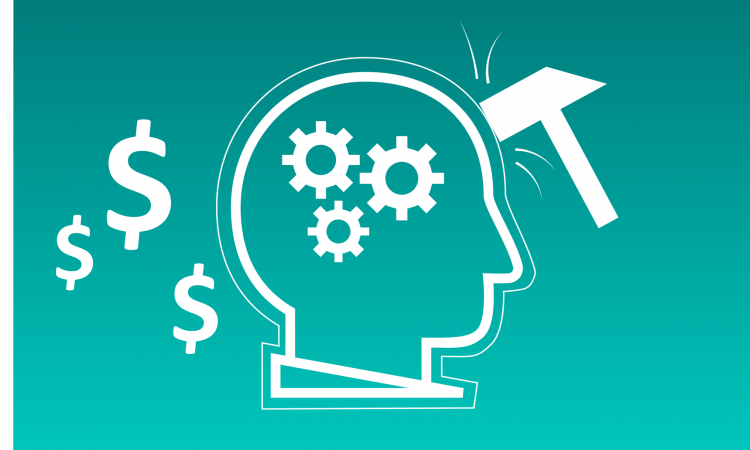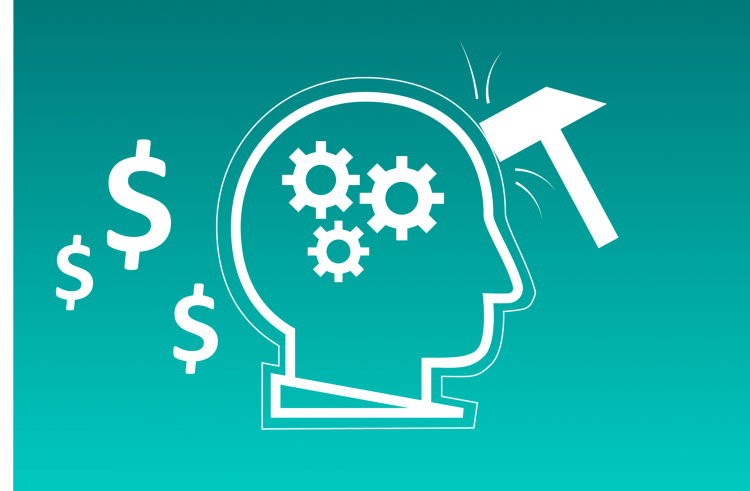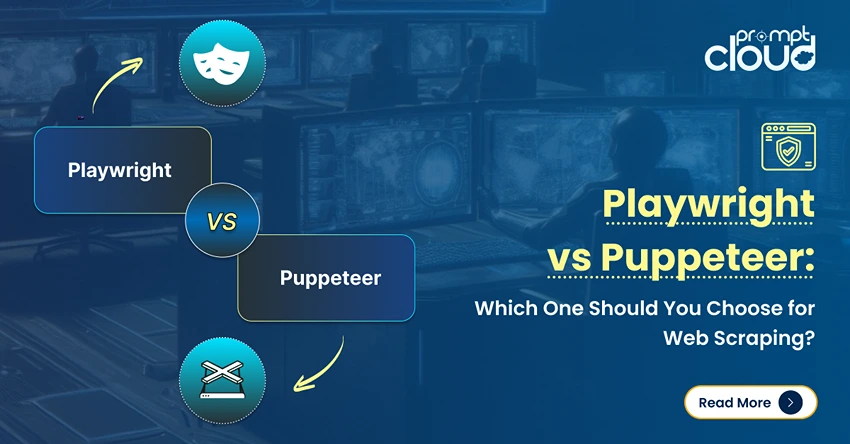
The entire world of sales, marketing, and operations seems to be undergoing Dynamic Pricing and significant metamorphosis. Innovations like AI and Machine Learning are finding ways into several aspects of the human life. With AI-based technologies, applications and processes getting the better of traditional operations, people across the world are warming up to these concepts. It is no wonder that businesses across scale and size are looking to utilize the prowess of Artificial Intelligence to generate substantial revenue gains.
AI in retail
From simple household functions to regular operations, AI is emerging as the prime requisite everywhere. In the retail sector, Artificial Intelligence is being used as a smart technique for predicting human behavior. These predictions play a highly significant role when it comes to analyzing market trends, discovering new avenues, and unlocking new opportunities in the professional arena.
Importance of AI in retail sector
With Artificial Intelligence taking center stage in the e-commerce landscape, retailers are tapping into the right avenues. That brief prologue brings us to a crucial discussion. Why is AI so important for retail and how does the technology determine dynamic pricing? Let’s have a look!
1. Understanding market forces
In this context, AI works on the principle of ‘predictive analysis’ which leverages market predictions for better products and prices. Data analytics is at the heart of this technology, where product developers can leverage crucial data and use them for numerous purposes. This way, e-commerce and retail insights become more lucid and stakeholders get better direction to base their actions on.
While creating a product or developing an innovative application, the developer will surely like to optimize consumer satisfaction. The user or customer should gain the opportunity to make the most of a product. With predictive analysis of AI, retailers can make data-backed decisions. This informed decision making, in turn, helps the organization to understand market forces and generate targeted messages that help better conversions and create more sales.
2. Algorithms at play
It is clear that predictive analysis helps in the identification of market demands. However, what most of the individuals wonder about are the underlying technologies and processes that are at play here. ML is at the heart of AI operations where insightful data facilitates the process of predictive analysis. Consumer behaviors, choice, and preference patterns are leveraged thus offering the right inputs to product developers.
One of the major advantages of AI is its capability to track buying trends thus determining accurate and competitive product prices. In a nutshell, dynamic pricing is one of the greatest and most innovative end-results of AI where retailers have the opportunity to reap huge benefits. Here’s how!
- Identifying data patterns: Analytics software and AI techniques can unravel data patterns perfectly and reveal potential pricing gaps and opportunities that weren’t visible before. As a result, product developers will know what consumers wish for, thus offering targeted choices that have an enhanced likelihood of product purchase.
- Algorithmic operations: After uncovering and unraveling these patterns, analytics software creates algorithms that help in the price determination process. Whether you are buying a stunning dress or requesting an Uber ride, dynamic pricing will always be important.
Every consumer considers the price tag to be of paramount significance. From investing in a product to asking for a service, personalized pricing is proven to be a success driver in getting the consumer to buy or subscribe. You will always wish to buy your favorite item at affordable rates and pay the best price for a service. On that note, it’s time to discuss the nuances of dynamic pricing and how is it proving to be a boon for online retailers!
3. Laws of Dynamic Pricing
If you are aware of the crucial principles of economics, terms such as ‘market forces’, ‘supply’, ‘demand’, and ‘price curves’ must be familiar to you. Before the emergence of digital markets, traditional purchase processes and conventional markets worked on the principles of ‘supply and demand’. However, the present scenario is different and it narrates a unique story.
Digital entrepreneurs, product developers, and online retailers follow dynamic markets, where consumers no longer act according to conventional rules. It’s here that the 3rd dimension comes up which plays a pivotal part in the entire process.
4. Identifying the third dimension
Since market ‘supply’ ascertains the availability of a product and ‘demand’ talks about its need, these two forces will always play the pivotal role in determining product prices. The third factor is the consumers’ willingness to pay, and how much he wants to shell out for a particular product. Quite interestingly, the decision to pay the price for a particular product isn’t yours. It is the algorithm that tracks your purchase behavior and determines this aspect. What does that mean? Well, here’s an answer to your question!
Practical examples of AI in action
Whether it’s apparels, electronic appliances, or smartphones, digital shopping and ecommerce happen to be the predominant force. No matter what you wish to buy, you will get it all online. From buying smartphones to hailing a cab, a single smart tap on your mobile device is all that you need.
Checking out a worthy use case – Uber
Cab sharing service Uber was recently in the news for their use of AI to determine how much a user is willing to pay for a ride and capitalizing on this tech. Quite obviously, dynamic pricing is making a mark everywhere. Services like Uber are thus leveraging data to identify consumers’ willingness to pay for a particular ride.
Say, for example, Uber might decide to charge high prices for rides between posh suburbs. On the other end, you might have to pay a little more than the general rates while traveling to distant areas. Both these situations and circumstances create the need for dynamic pricing. Uber needs to know whether a customer is willing to pay the specified price for that ride or not.
Depending on the results and insights, companies can create special offers and discounts. Most of the ecommerce retailers leverage these data sets thus gaining crucial insights into consumer behavior. They can follow the principles and devise effective pricing strategies for innumerable customers across the globe.
You might be browsing through products and adding them to your cart. While performing the checkout process, you might not wish to pay a huge amount for those chosen items. Targeted data analytics powered by AI strategies will help the company identify these behaviors, and they can come up with special offers. This way the instances of cart abandonment goes down and the sales numbers look healthier.
Luring consumers
Consumers are always in search of the best bargains and lucrative deals. No matter what they buy, they will wish to get it for the best prices and affordable rates. Dynamic pricing gives retailers the opportunity to do so thus luring them into entering one deal after the other! While consumers live under the impression of cracking the best deals, it is the sellers and retailers who reap the benefits. Customers might love the fact that they are getting huge price benefits for a TV set, but can end up paying more for other simpler products from the same store.
The remarkable shift
The emergence of this new pricing model has created ripples across the online arena. A majority of ecommerce players in the retail sector have embraced AI and welcomed algorithmic pricing with open arms. There are strong and significant reasons for this progression and here’s what you need to know in this context.
1. ‘Right price’ battle
Product developers, manufacturers, and creators are always confused when it comes to pricing their products. Identifying the perfect price for an item and determining its ‘selling cost’ isn’t an easy task. Product developers have to perform quite a few calculations in this case. Objectivity is the key to identifying these prices, and it’s here that competitor pricing, demand, supply, and other parameters come to play. Algorithmic pricing is a better way to fight the ‘right price’ battle compared to traditional ways.
2. Accelerating the bottom line
Every business, company and entrepreneurial venture wants to optimise their profits. They wish to accelerate their bottom lines thus achieving their goals. Complex pricing structures can stunt their growth and affect their profits negatively. It’s here that dynamic pricing comes to the rescue. You can reduce complexities in the pricing structure thus setting uniform price margins for consumers. It goes without saying that product category, choice of products, and purchase volumes will play pivotal parts in this regard.
3. Increasing competition
Business markets will grow and mature with time. With their significant steps towards maturity, market competition will reach an all-time high. With dynamic pricing and AI strategies, entrepreneurs will have the chance to respond in real-time. AL algorithms have the power to initiate quick changes thus helping you deal with fierce market competition.
Signing off
Since it’s time to analyze and evaluate the effects of dynamic pricing, we should take a look at what consumers have to say about the entire thing. Although the idea and application of ‘dynamic pricing’ seem to be beneficial for consumers, reality says a bit more! These use cases and detailed discussion will surely help you understand the benefits of AI based dynamic pricing for online retailers as well as consumers!




















